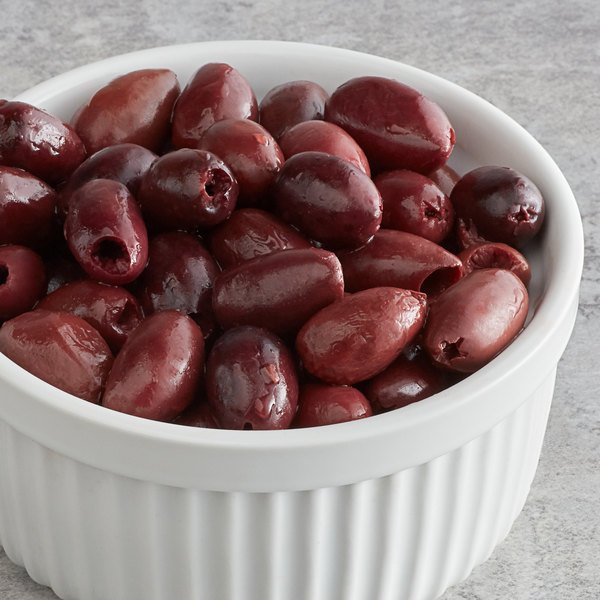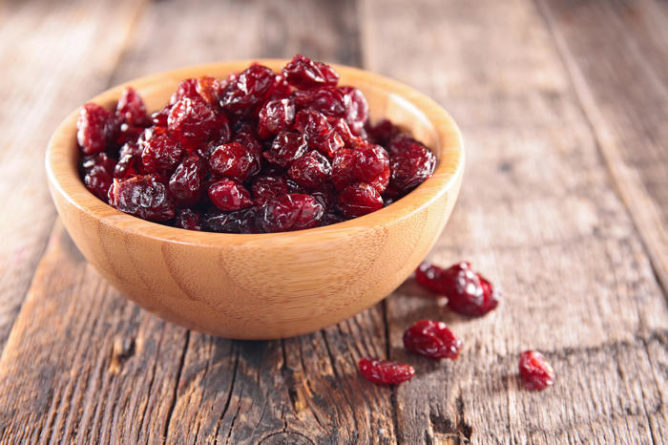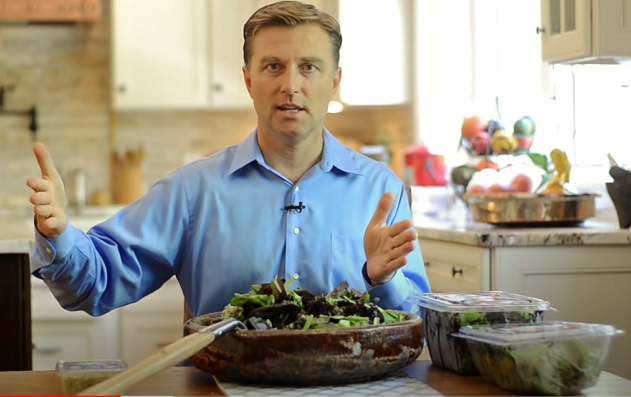
The naturopathic health profession is full of great mind and ideas, and Dr. Eric Berg is certainly one of them.
Dr. Berg is a board certified chiropractor and health educator who has spent 30 years teaching people how to transform their health, lose weight, and build a healthy body, mind, and spirit from the cellular level up.
His YouTube videos and social media posts receive millions and millions of views each month, and his clients have included everyone from senior officials in the U.S. government to medical doctors, high-level executives of prominent corporations, scientists, professors, engineers and more.
I am a huge fan of his videos because of their informative and inventive nature, with Dr. Berg sharing everything from healthy pizza recipes to information on the top two causes of hair loss and growing back healthy hair naturally.
My Health Journey Began By Eating Daily Organic Salads

When I first got into the world of holistic health, I began with a simple goal of eating $20 worth of organic produce every 10 days or so, as described in my best-selling eBook ‘Dirt Cheap Organic.’
I was a college student without a whole lot of money, but the more healthy organic produce and purified water I consumed, the more my body craved.
I knew that it would transform my health as well as any other practices in my adult life (consistent weight lifting and running being the other ones).
I kept at it for years until I achieved my best health ever at the age of 34 in 2017.
During the early days of my health journey, my mind became sharper and unhealthy weight and visceral fat began to melt off my body for the first time ever.
One of the best tips I learned during that time was to always make a large salad for at least one meal over the course of my day, which I learned from my friend and former roommate David from HealthyWildFree.com.
Since then, I have included a large salad in my midday routine as often as humanly possible.
My body doesn’t always crave salads, but I do find that on days when I am able to slow down and work deliberately and methodically, it always does, because the better I chew my salads, the better my food is absorbed.
Setting aside time to chew your salads thoroughly releases healing and building digestive enzymes in your body, which will help you to digest all of your food more efficiently.
Recently, Dr. Berg discussed his favorite greens to use in a salad on his YouTube channel, and I agree with most of his choices wholeheartedly.
The type of salad Dr. Berg describes in the video below goes far beyond what is typically served in American restaurants, and is devoid of unhealthy toppings like processed, pasteurized cheese products, dressings based on genetically engineered soy or canola, and similar toppings.
As he notes in the video, Americans consume 145 pounds of sugar per year compared to just 33 pounds of lettuce, so it’s a major point of emphasis for our collective health going forward:
My Favorite Salad Ingredients and What to Take for Greens on the Run
My top ten favorite list of salad ingredients includes the following, honed over many years.
I will also include my list of the top five best salad dressing ingredients as well for overall health, so be sure to read all the way through!
My Top Ten Salad Ingredients
I am a big fan of Dr. Berg’s salad recommendations , although I don’t often eat a lot of kale due to the presence of oxalate anti-nutrients.
My top ten greens and salad toppings are as follows:
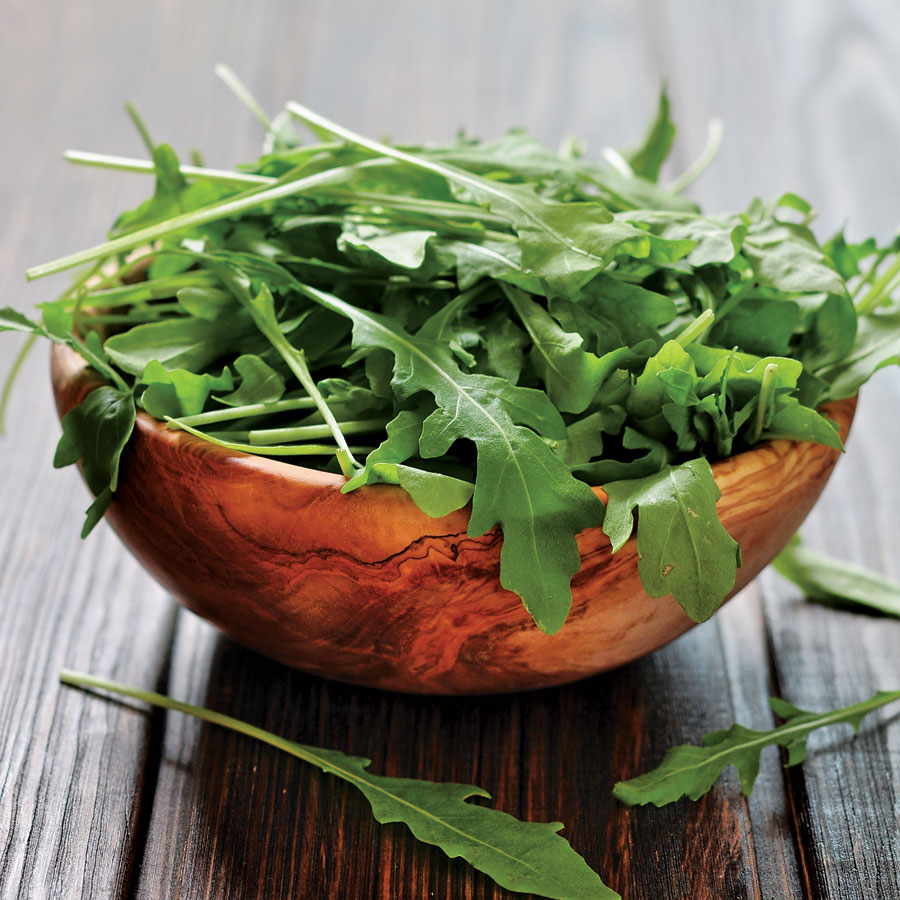
Arugula, also known as Garden Rocket. Photo via ParkSeed.com.
1. Spring Mix- Typically comprised of a wide variety of greens such as mizuna, spinach, raddichio, chard, frisee, red leaf lettuce, kale, baby butter lettuce and similar items, a high quality organic spring mix should be the foundation of any healthy salad in my opinion.
Dark leafy greens are rich in vitamin C, magnesium, chlorophyll, and other healing compounds that are the foundation of any building and detoxifying diet.
The variety you’ll get in a store bought or farm fresh spring mix is second to none.
Get yourself a family set of large wooden salad bowls like this one, and fill them each day to your heart’s content.

A large wooden salad bowl like this one can be used and reused over and over. Click the picture to learn more.
2. Romaine or Iceberg Lettuce- While these items are not as nutrient rich as the spring mix in terms of chlorophyll and similar nutrients, they are rich in water content as well as B vitamins (in this case folate), Vitamin K and calcium.
Romaine lettuce is incredibly hydrating and invigorating, however, supporting a health nervous system as well as healthy hair, skin, nails.
Romaine can even help support healthy eyesight by helping to safely absorb the damaging blue light particles that enter our eyes and bodies through electronic devices so often in today’s day and age, according to the The Eye Institute.
I like to use romaine lettuce as a base for my salads and an addition to my morning smoothies, as well as a substitute for hamburger buns.
What it lacks in chlorophyll content, it makes up for in versatility (this is the supplement I use to obtain more chlorophyll during busy times in my life).
3. Avocado- There are a lot of things to dislike about avocado, especially if you’re not big into eating for nutrition first and foremost.
As the popular Internet joke meme hints at, they ripen way too fast and go bad quickly.
But within that nutritional window is a powerhouse superfood that is a must-have addition to any salad, sandwich or wrap because of the abundance of healthy Monounsaturated and polyunsaturated fats found in avocado.
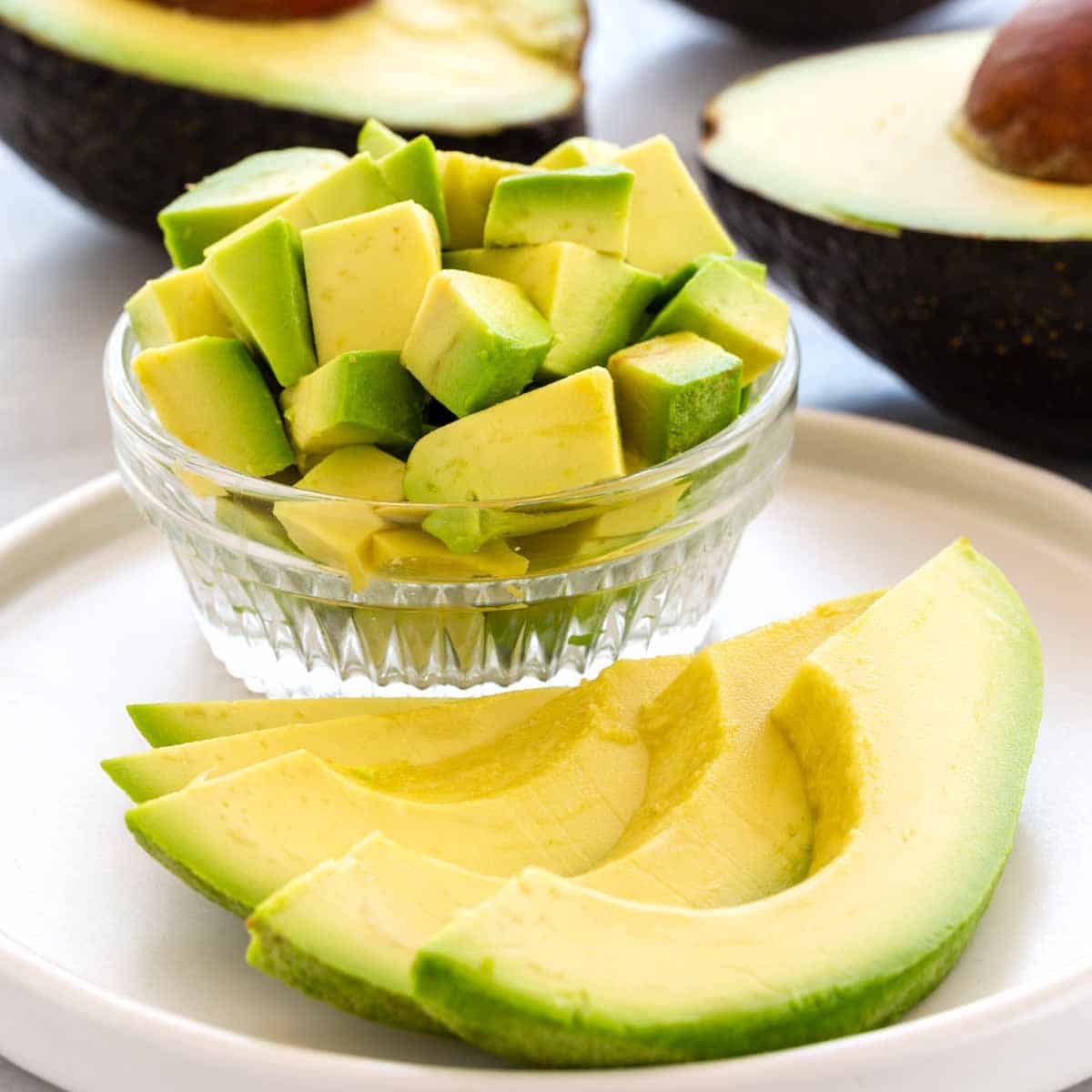
Photo via Jessica Gavin, Culinary Scientist
Not only are these “good” fats excellent for lowering bad (LDL) cholesterol levels, they also provide fuel for the brain and help to boost the metabolism.
I like to slice up an avocado and add to my salads at least 1-3 times per week.
Avocados are also low in pesticides, even non-organic varieties.
4. Olives- Another favorite for adding healthy fats to my salad, olives are small but pack a nutritional punch.
Olives are about 10-15% healthy fats, and are a staple of the Mediterranean Diet that has been tied with reduced inflammation and heart disease.
Olive oil is almost always the basis for the homemade salad dressings I use on my salads as well (more on that later).
I use organic Kalamata olives on my salads, as they are the tastiest and often come in glass jars like this organic, non-GMO, gluten free and affordable brand.
These olives are a big step up health-wise from aluminum cans of olives that may be lined with BPA or other health-damaging chemicals.
5. Onions and Garlic- Onions and garlic are a must-have for any salad because of their anti-viral, anti-fungal, and anti-bacterial properties.
Different onions have different health benefits, and there are also different types of garlic to consider adding to your salad such as black garlic, which has a sweeter taste and far more disease-protective antioxidants than traditional garlic.

A bounty of walnuts, fresh from the tree.
6. Walnuts- The list of health benefits in regards to walnuts is too long to share in one article, but my favorite benefit is their ability to support brain health.
After all, they are shaped like the human brain, and are one of the best plant sources of Omega-3 brain boosting compounds.
Many people shy away from adding healthy nuts like walnuts to their salads because they are comparatively expensive to greens and other toppings, but they are worth it every single time in my personal experience.
7. Dried Fruit (including cranberries)- While Dr. Berg recommends against using dried fruit in his salads, I am a huge fan of adding a little bit of dried fruit to adding and accentuate their taste and health benefits.
If you’re on a strict Keto Diet, dried fruit might not be ideal, but I love the additional taste and health benefits of dried cranberries (for urinary tract health) or apricots (for added potassium).
They bring out the best flavors in both walnuts and greens as well.
8. “Power Greens” like arugula- Often found in a mix with spinach, arugula, otherwise known as garden rocket, is rich in calcium, potassium, Vitamin K, Vitamin A, Vitamin B and folate.
As a bonus, arugula can also combat bad breath when chewed for long periods of time.

Photo via The Spruce
9. Herbs like mint and basil- There really is no substitute for fresh herbs in your salad like mint and basil, although it’s something we oftentimes forget because it doesn’t have the sheer substance of other healthy salad toppings.
Herbs oftentimes have “special powers” that are medicinal as much as they are nourishing.
Basil for example includes eye health restorative compounds like lutein, and zeaxanthin.
It can also help reduce oxidative stress.
Mint is used as a palate cleanser but adds a wonderful subtle taste that will help you savor your salad.
It could also help relieve indigestion, improve digestion and help reverse the symptoms of irritable bowel syndrome over time as well.

Photo via Jamie Geller
9. Pumpkin seeds (or other seeds)- Pumpkin seeds are one of the most underrated superfoods of all-time and make an incredible salad topping.
According to Dr. Berg, they are able to help block chemical process that cause hair loss, and they simultaneously help provide your body with nutrients that build up hair, skin and nails at the same time.
They are magnesium-rich, anti-parasite, and can potentially lower blood sugar levels as well, making them great for diabetics.
Recently I purchased a small amount of organic pumpkin seeds at my local health food store, but I am starting to think that stocking up on these is in my best interest going forward by buying in bulk.
Most pumpkin seeds found in stores are grown in China, however, even many organic ones (as we investigated in this recent article).
You can purchase a five pound bag of USA-grown organic pumpkin seeds online from the independently owned organic brand Wilderness Poets for less by clicking here.
I recommend stocking up on pumpkin seeds to snack on and add to salads and smoothies, because there is truly no substitute for the life-building and affirming nutritional benefits they provide.
10. Hard-boiled eggs- Eggs are rich in everything from healthy hormone-building cholesterol to hair, skin and nails building biotin to Vitamin D, which is a rarity for a food source.
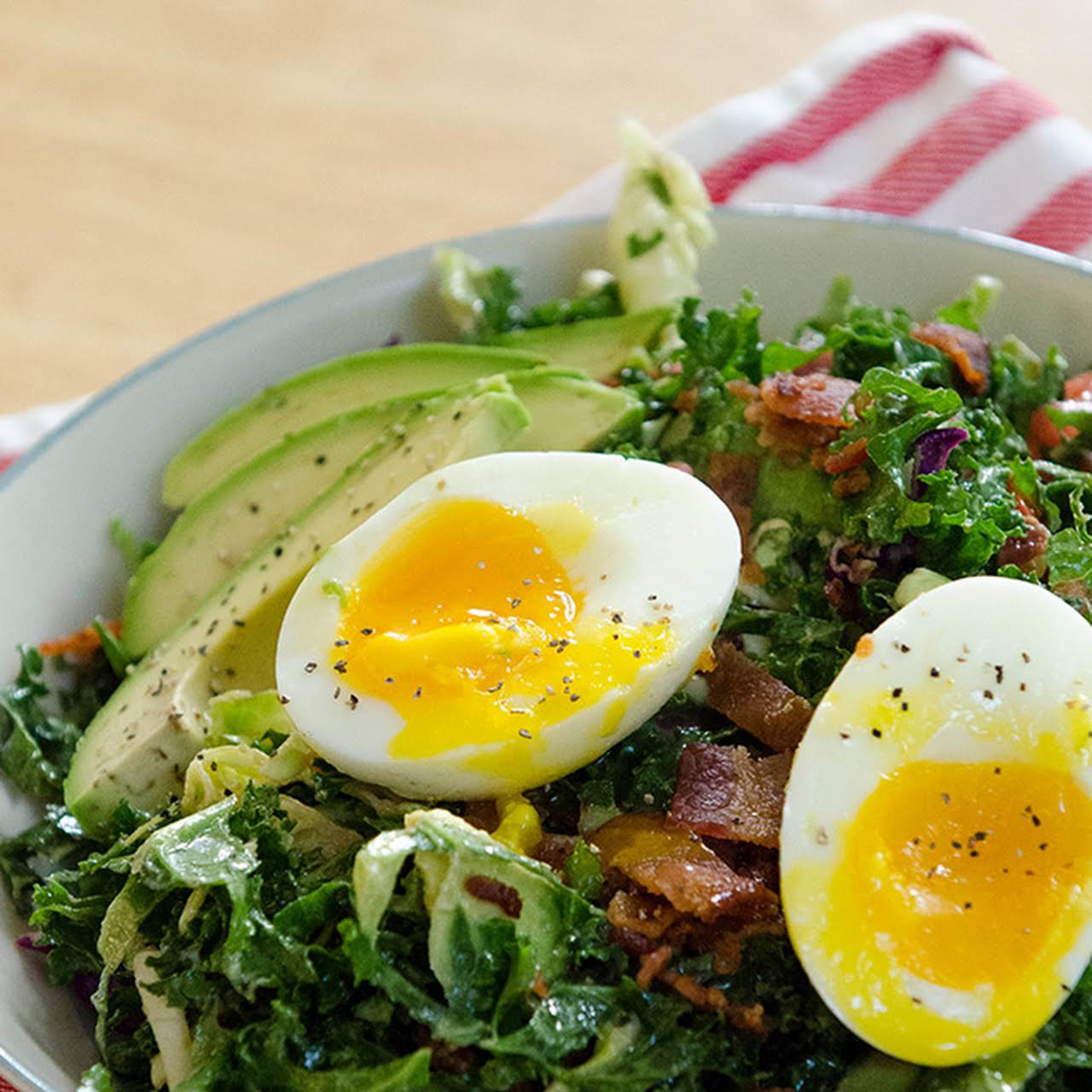
Photo via Yummly.com
I recommend buying organic, pasture-raised and/or free-range eggs whenever possible and adding 1-3 hard boiled eggs to your salads 2-5 times per week, personally.
Last but not least, let’s discuss my top five favorite salad dressing ingredients.
My Top Five Salad Dressing Ingredients:
1. Olive oil- I use this as the base in just about every salad I make. I typically buy this organic olive oil at Meijer on sale here in Michigan, and it works great as a healthy base for any salad dressing.
If you don’t see it at a store near you or want to buy it online, you can find it here for a little over 12 dollars.
Olive oil includes healthy monounsaturated fatty acids and is a great heart healthy choice that improves vitamin and mineral absorption without adding much inflammation.
2. Avocado oil- Organic avocado oil is tough to find in stores, but non-organic olive oil is already low in pesticides, so don’t be afraid to buy some if you see it on store shelves. This oil is great for salads, as well as for cooking oil, even at high temperatures (unlike olive oil).
3. Apple cider vinegar- Also known as ACV, apple cider vinegar adds a little bitterness and a healthy boost of digestive supporting compounds to your salad. Bragg’s is my favorite brand.
4. Balsamic vinegar- Flavorful and healthy, balsamic vinegar makes a great base for any salad dressing. It may help lower cholesterol, lose weight and improve skin health according to MedicalNewsToday.com.
5. Raw honey- I am a big fan of adding a dash of honey to add a healthy sweetness to the mix. Raw honey is rich in antioxidants and has anti-viral and anti-fungal properties.
I am a big fan of honey from Stakich, a honey producer near me that sells a wide assortment of honey products that have been sourced from pesticide-free fields, like these ones.
If you can’t find raw honey at a farmer’s market near you, I recommend contacting and visiting a beekeeper directly to procure your honey, because many store bought brands are adulterated with high fructose corn syrup and excess sugar, and may not be as raw as they claim due to heating processes that destroy healthy enzymes.
Don’t be afraid to go the extra mile for quality, and your health will eventually begin to reflect your choices.
‘Til next time, and thank you all for reading!
This article was written by Nicholas J. Meyer, the founder of AltHealthWorks.com and a former AP Award winning journalist and health blogger of over seven years. If you’d like to learn more or to discuss your own health related challenges, likes and dislikes, feel free to send him a message on the AltHealthWorks Facebook page here.
Thanks for installing the Bottom of every post plugin by Corey Salzano. Contact me if you need custom WordPress plugins or website design.


